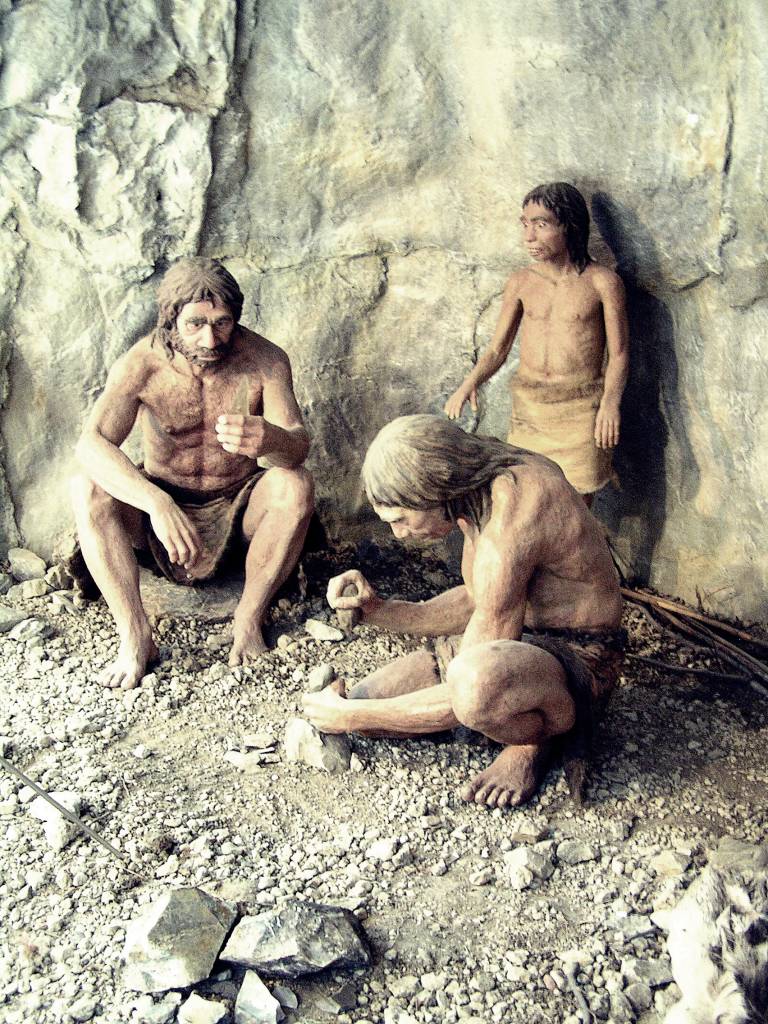Assessing climatic impact on transition from Neanderthal to anatomically modern human population
8 May 2023
The Iberian Peninsula is of particular interest for the Neanderthal (NEA) to anatomically modern human (AMH) population transition. The AMHs arrived in Iberia last from Eastern Europe and thus any possible contacts between the two populations occurred here later than elsewhere.

The Iberian Peninsula is of particular interest for the Neanderthal (NEA) to anatomically modern human (AMH) population transition. The AMHs arrived in Iberia last from Eastern Europe and thus any possible contacts between the two populations occurred here later than elsewhere. The transition process took place in the earlier part of the Marine Isotope Stage 3 (∼60–27 ka Cal BP) as repeated and profound climate changes challenged the population stability. To investigate how climate change and population interactions influenced the transition, we combine climate data with archaeological-site data to reconstruct the Human Existence Potential, a measure of the probability of human existence, for both the NEA and AMH populations in the Greenland Interstadial 11-10 (GI11-10) and Stadial 10-9/Heinrich event 4 (GS10-9/HE4) times. It is found that during GS10-9/HE4, large parts of the peninsula became unsuitable for NEA human existence and the NEA settlement areas contracted to isolated coastal hot spots. As a consequence, the NEA networks became highly unstable, triggering the final collapse of the population. The AMHs arrived in Iberia in GI10 but were confined to patches in the northern most strip of the peninsula. They were soon facing the much colder climate of GS10-9/HE4, which prevented their further expansion or even caused a contraction of their settlement areas. Thus, due to the constellation of climate change and the dispersal of the two populations into different regions of the peninsula, it is unlikely that the NEAs and AMHs coexisted in extensive areas and the AMHs had a significant influence on the demography of the NEAs.
Konstantin Klein, Gerd-Christian Weniger, Patrick Ludwig, Christian Stepanek, Xu Zhang, Christian Wegener, Yaping Shao
 Close
Close

